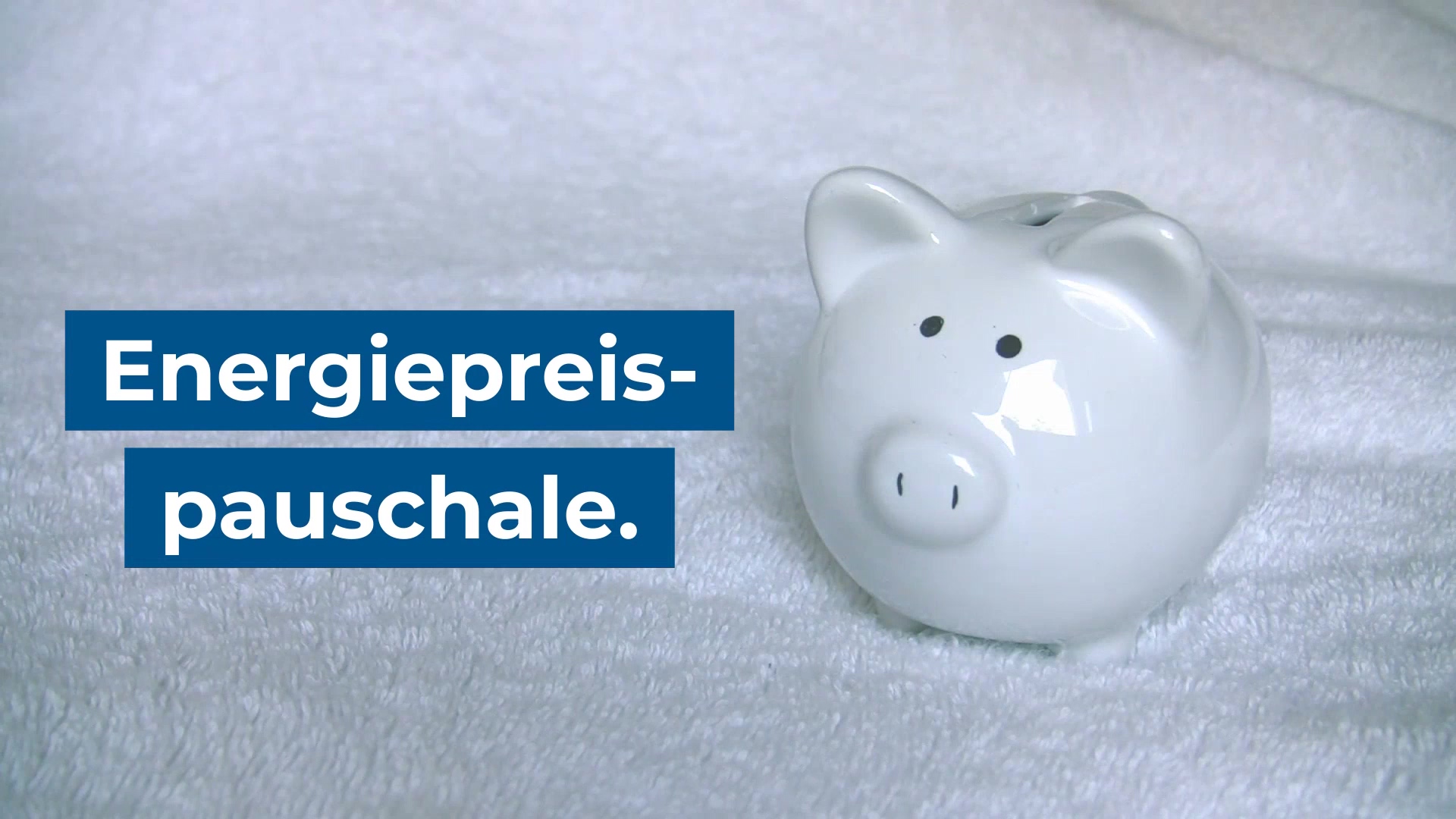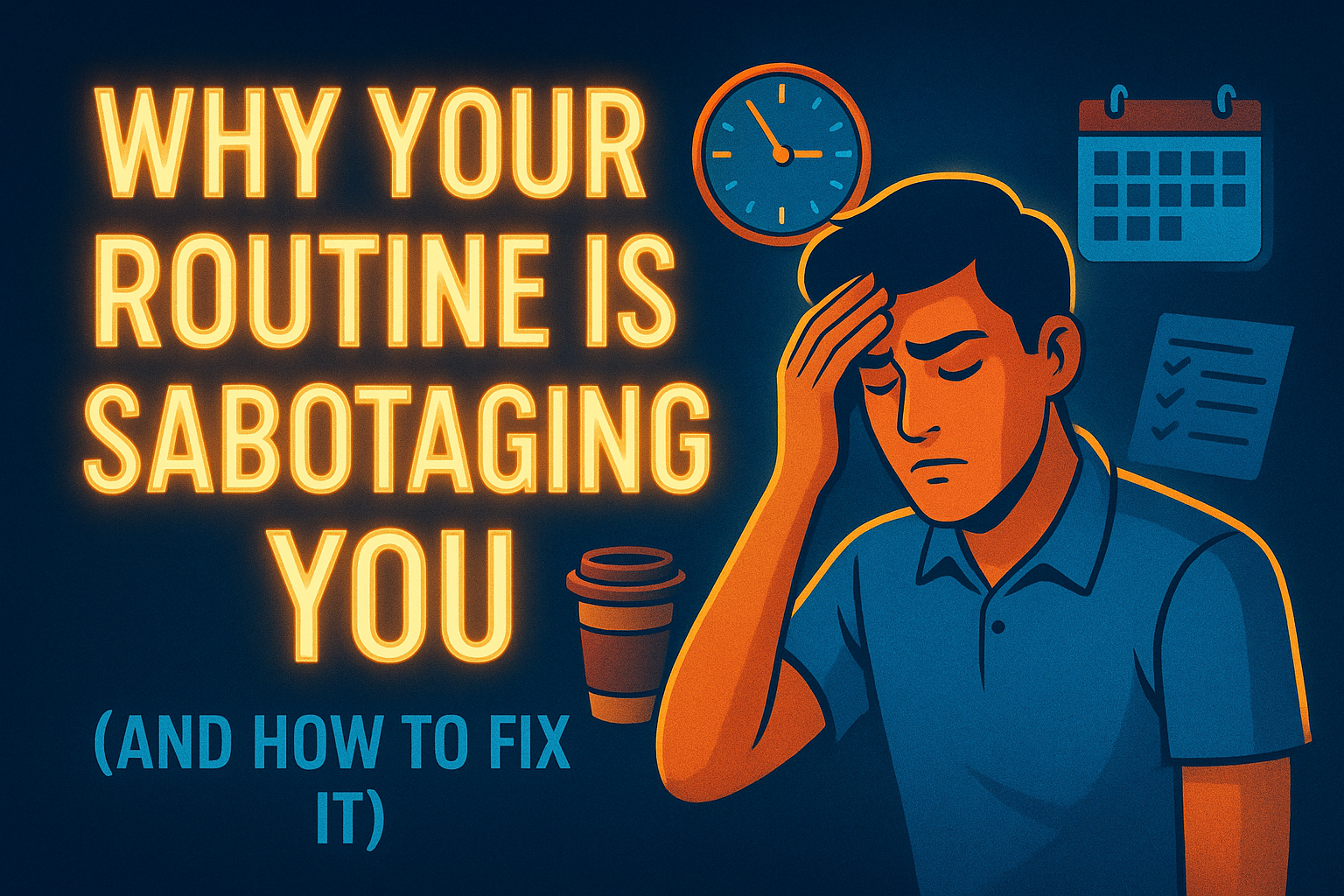In this productivity-crazed age, routines are often hailed as the ticket to reaching the top. We are constantly urged to, «Keep at it with your habits!» «Follow a system, and everything just clicks into position.» However, imagine the very routine, constructed to propel you, actually becoming an obstacle?
If fatigue, a lack of inspiration, or feeling trapped within a monotonous loop, is your reality your routine might be failing you; it could silently hinder your evolution. Let’s investigate why, how we can identify the warning signals, and ways to build a revitalized routine that functions for you.
1. The Concealed Pitfall of «Automatic Living»
A cleverly designed routine brings structure and stability, yet blindly following can thrust your existence into autopilot mode. The brain embraces predictability, conserving energy by converting recurring actions into habits. But, this very efficiency can also gently pull you toward stagnation.
You wake, check your phone, sip your coffee, sit at your desk, address emails, then, the same cycle repeats, each day. As time slips by, the tranquility of your routine transforms into a cage. You cease to wonder whether your habits still coincide with your objectives.
The essential query is…
A good routine should propel your personal growth, not just provide ease. Without pausing to truly examine your actions, you risk, becoming very efficient, doing unimportant things.
2. How to Spot a Bad Routine
Lotsa folks often confuse consistency, with progress. Daily habits alone, don’t always translate into actual forward movement. Here’s a look at some of the clear signs your routine’s, a problem:
You’re Constantly Busy, but Rarely Fulfilled
If the to-do list seems never-ending and each evening leaves you feeling, somewhat empty? That’s a clear signal your routine, maybe all about doing stuff, instead of getting results. Real productivity prioritizes making an impact not just the effort involved.
Motivation and Creativity Have Gone Missing
When every single day bleeds together into an identical blur, that inspiration starts to fade. A super rigid routine stifles spontaneity and creativity. Without space for fun, curiosity or play, it kinda shuts down any chance of innovation, doesnt it?
Ignoring Your Mind and Body’s Energy Levels
Each hour isn’t the same. If your schedule just completely ignores your own personal, natural energy peaks and dips, you might just be pushing yourself hardest when you’re actually least capable. This always results in burnout and utter frustration.
You Are Very Against Change
If the thought of changing your routine causes any anxiety whatsoever. Or trying something new makes you shudder a little? That’s like a screaming red warning. Growth calls for flexibility, and a rigid routine just traps you, yes.
3. Why Good Habits Go Bad, Sometimes
Initially, your routine perhaps felt good empowering — early rises, gym trips, focused work spurts. But, as life, well, changes, what once did the job could get stale, eh? Your goals, energy, and, uh, priorities change, however those habits? They remain static.
Here’s the rub routines are designed for, yup, stability not adaptation. Without conscious adjustments, routines they loose relevance, see? What aided you six months back could now be causing you, like, stress, or even inefficiency.
Another, uh, reason routines crumble is they’re based on ideals you borrowed. You might chase after productivity influencers or copy successful folks, without really understanding your own needs. A morning routine that fits a CEO, that might not suit a student, or even, ya know, a creative type. The result? Frustration, some guilt, and feeling lacking.
4. How to Rebuild a Routine That Actually Helps You
A routine, really should be a, um, a living system structured yet flexible, steady yet, ya, adaptable. Here is how to construct one to amp up your productivity and well-being rather than suffocating it, no?
Step 1: Check Your Routine, Currently
Spend a whole week, observing just how your time, like, goes. Make a note of when you feel, energized, focused, or just plain drained, what? Pinpointing tasks that propel you towards your aspirations, versus those that hold you back is crucial. Becoming mindful is really, really the starting point.
Second Step: Get Those Priorities Crystal Clear
Just wonder: what is genuinely significant presently? Your daily habits should totally jive with your up-to-the-minute ambitions, not ones that are long-gone. Concentrate on the three core areas work, wellness, and self-improvement and toss the unneeded habits that really don’t help them.
Step Three: Bring In Some Give
Strict routines will definitely cause burnout. Instead of cramming your day full, use flexible blocks of time. Imagine, like a «deep work» session, not a fixed beginning time. Allow for spontaneous chores or time to chill when necessary.
Fourth: Build Rest Into the Structure
Loads of individuals confuse being productive with, well always moving. But actually, recuperation’s a vital part of performance. Bring breaks, some reflection periods and the «no productivity» moments, to restore that energy, your creativity too.
Fifth: Review Plus Tweak Things Often
Consider your schedule as a beta version, not somethin’ set in stone forever. Each month think: What’s clicking? What’s not working? What must shift? This basic introspection maintains your routine up-to-date, preventing any burnout.
Finally, the Science Underpinning Excellent Routines
Research in the area of behavioural psychology illustrates that long-lasting habits cleverly juggle two forces consistency and freshness. Far too much of just consistency creates ennui; excess freshness brews chaos.
Maintaining structure for essential tasks but leaving room for creative freedom that is where the sweet spot is. Like, schedule your morning focus time though allow what you work on to be flexible. It keeps the brain engaged while providing order.
Also, motivation actually follows momentum. When your routine has small, achievable wins at the start of the day, your brain releases dopamine, a feel-good thing reinforcing a sense of progress. So, revisiting and simplifying your routine frequently leads to greater long-term consistency.
6. From Routine to Rhythm
Think of your life, less a checklist more a rhythm — it’s a dynamic flow which adapts to whatever the current season is. Routines aren’t meant to trap ya; they’re supposed to support you.
When you see habits like rhythms rather than strict rules, you get space for discipline and creativity. You could work hard without burnout, stay consistent without bein’ robotic, and evolve without loss of focus.
Conclusion
Your routine, it ain’t the enemy but one that’s outdated or not right can silently ruin your growth. Don’t abandon structure, the fix is in rebuilding it with intention.
Auditing habits, and embracing some give in your schedule, while keeping focus on the aspirations, can change your humdrum life. Turns it from a locked in rut into a empowering system.
Real productivity eh, it ain’t about cramming stuff, not at all, its doing stuff that means something, deliberating and regular.
latest posts published

Are you starting to run? This is how we persevere!

Your time invested profitably every day: What are your EPAs?

Energy flat rate: who is entitled to the 300 euro bonus?

Here’s how companies choose the right solution

Set and achieve goals with SMART

Different working models and employee retention: a connection?

Flexible working hours

Personal Kanban in the notebook: be productive

Reporting for effective workforce management


